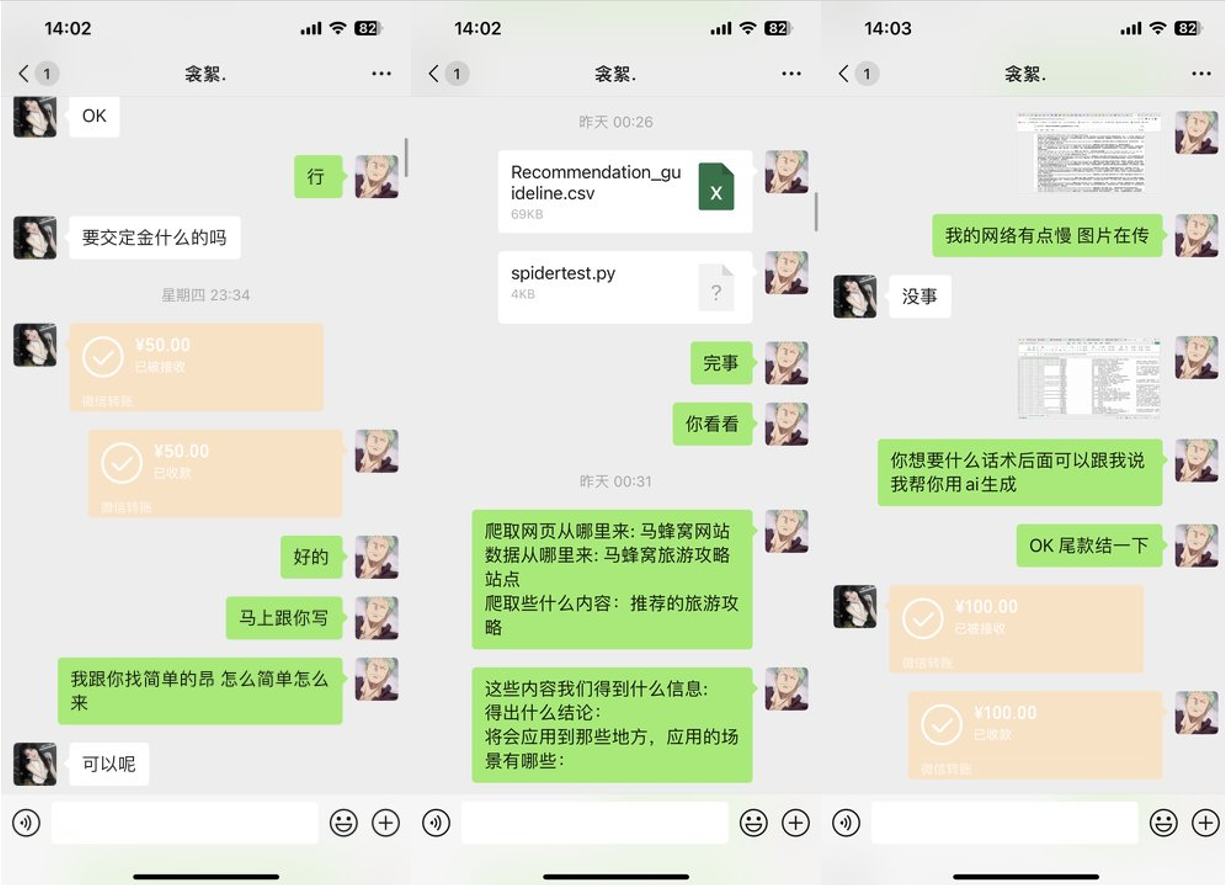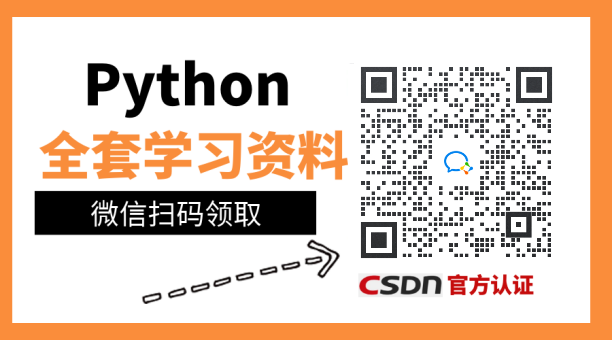前文代码
「直接定位指定浏览器」
class Demo05: def __init__(self): """ 使用playwright连接谷歌浏览器 :return: """ self.playwright = sync_playwright().start() # 连接已经打开的浏览器,找好端口 browser = self.playwright.chromium.connect_over_cdp("http://127.0.0.1:9223") self.default_context = browser.contexts[0] self.page = self.default_context.pages[0]
「启动新的浏览器」
class Demo06: def __init__(self, url): playwright = sync_playwright().start() browser = playwright.chromium.launch(headless=False) context = browser.new_context() self.page = context.new_page() self.page.goto(url) if __name__ == '__main__': mwj = Demo05(url="指定的url") mwj.Locator_testid()
元素拖拽drag-and-drop
官方文档:https://playwright.dev/python/docs/api/class-page#page-drag-and-drop
此方法将指定元素拖拽到目标元素,它将首先移动到源元素,执行mousedown,再移动到目标元素执行mouseup
「使用方法」
page.drag_and_drop("#source", "#target") # 或者指定相对于元素左上角的精确位置: page.drag_and_drop( "#source", "#target", source_position={"x": 34, "y": 7}, target_position={"x": 10, "y": 20} )
测试网址:https://www.w3school.com.cn/html/html5_draganddrop.asp
我这里自己写了一个HTML进行测试。命名为draganddrop.html
<!DOCTYPE html> <html lang="en"> <head> <meta charset="UTF-8"> <title>Drag and Drop</title> <style> #dragElement { width: 100px; height: 100px; background-color: red; position: absolute; top: 0; left: 0; cursor: move; } #dropElement { width: 200px; height: 200px; background-color: green; margin: auto; } </style> </head> <body> <div id="bigdiv"> <div id="dragElement"></div> <div id="dropElement"></div> <div><span>大家好,这里是梦无矶的测试开发之路playwright教程</span></div> <div id="mytext"><span>这个页面是用来测试拖拽,读取元素坐标,网页文本的</span></div> </div> <script> const dragElement = document.getElementById('dragElement'); let isDragging = false; let startOffset = {x: 0, y: 0}; function startDrag(e) { isDragging = true; startOffset.x = e.clientX - dragElement.offsetLeft; startOffset.y = e.clientY - dragElement.offsetTop; } function endDrag() { isDragging = false; } function drag(e) { if (!isDragging) return; dragElement.style.left = e.clientX - startOffset.x + 'px'; dragElement.style.top = e.clientY - startOffset.y + 'px'; } dragElement.addEventListener('mousedown', startDrag); document.addEventListener('mouseup', endDrag); document.addEventListener('mousemove', drag);</script> </body> </html>
「拖拽代码」
把红色的框拖拽到绿色的框里面。
`from playwright.sync_api import sync_playwright url = r"file:///D:/L_Learning/MyLearningCode/learn_playwright/playwright_demo/draganddrop" class Demo06: def __init__(self, url): playwright = sync_playwright().start() browser = playwright.chromium.launch(headless=False) context = browser.new_context() self.page = context.new_page() self.page.goto(url) def drag_and_drop_operate(self): self.page.drag_and_drop(source="#dragElement", target="#dropElement")`
-
drag_and_drop()方法中的source和target参数可以是元素的选择器字符串,也可以是使用Playwright中的定位器(Locator)对象。 -
在执行拖拽之前,请确保要拖动的元素和目标元素都已经加载完成。
元素坐标bounding_box
官方文档:https://playwright.dev/python/docs/api/class-locator#locator-bounding-box
「使用方法」
def bouding_box_operate(self): bounding = self.page.locator("#dragElement").bounding_box() print(bounding) # {'x': 0, 'y': 0, 'width': 100, 'height': 100}
这里我们使用的还是前面拖拽使用的网页代码。
可以看到,他的返回值是有四个,xy的值表示该元素左上角的坐标,width和height分别表示这个元素的宽高。
定位该元素的中心点可以通过如下方式计算获得。
x,y = box["x"] + box["width"] / 2, box["y"] + box["height"] / 2
获取网页源码
playwright获取网页源代码和selenium获取源代码的方式类似。
# selenium获取网页源码 page_source = self.driver.page_source
# playwright获取网页源码 page_source = self.page.content()
使用这个方法,如果接触过爬虫的同学应该就知道了,网页上的所有信息都可以拿出来,使用正则进行提取相关数据。
获取元素内文本
比如在一些表格,样式比较规范,内容比较统一的页面,我们需要把文本进行输出或存储,可以直接使用playwright提取相关元素下面的文本。
playwright提供了挺多方法进行提取文本的,常用的有如下这些。
「使用方法」
locator.all_inner_texts() locator.all_text_contents() locator.inner_text() locator.text_content() locator.inner_html()
「使用前文的html进行测试」
def element_text(self): mytext1 = self.page.locator("#bigdiv").all_inner_texts() mytext2= self.page.locator("#bigdiv").all_text_contents() mytext3 = self.page.locator("#bigdiv").inner_text() mytext4 = self.page.locator("#bigdiv").text_content() mytext5 = self.page.locator("#bigdiv").inner_html()
「区别」
-
locator.all_inner_texts():返回值为列表,返回匹配定位器的所有元素的内部文本内容,并可以包含子元素的文本内容。返回的是包含所有元素内部文本的数组。 -
locator.all_text_contents():返回值为列表,返回匹配定位器的所有元素的全文本内容,包括所有子元素的文本内容。返回的是包含所有元素全文本内容的数组。 -
locator.inner_text():返回值为字符串,返回匹配定位器的第一个元素的内部文本内容,并可以包含子元素的文本内容。 -
locator.text_content():返回值为字符串,返回匹配定位器的第一个元素及其所有子元素的全文本内容。 -
locator.inner_html():返回值为字符串,返回匹配定位器的第一个元素的内部HTML代码,包括所有子元素。
「完整代码」
def element_text(self): mytext1 = self.page.locator("#bigdiv").all_inner_texts() print(type(mytext1), "all_inner_texts:\n", mytext1) print("=============================") mytext2 = self.page.locator("#bigdiv").all_text_contents() print(type(mytext2), "all_text_contents:\n", mytext2) print("=============================") mytext3 = self.page.locator("#bigdiv").inner_text() print(type(mytext3), "inner_text:\n", mytext3) print("=============================") mytext4 = self.page.locator("#bigdiv").text_content() print(type(mytext4), "text_content:\n", mytext4) print("=============================") mytext5 = self.page.locator("#bigdiv").inner_html() print(type(mytext5), "inner_html:\n", mytext5) print("=============================")
本文转自网络,如有侵权,请联系删除。
学习资源推荐
除了上述分享,如果你也喜欢编程,想通过学习Python获取更高薪资,这里给大家分享一份Python学习资料。
这里给大家展示一下我进的兼职群和最近接单的截图


😝朋友们如果有需要的话,可以点击下方链接领取或者V扫描下方二维码联系领取
学好 Python 不论是就业还是做副业赚钱都不错,但要学会 Python 还是要有一个学习规划。最后大家分享一份全套的 Python 学习资料,给那些想学习 Python 的小伙伴们一点帮助!
























 3753
3753

 被折叠的 条评论
为什么被折叠?
被折叠的 条评论
为什么被折叠?








